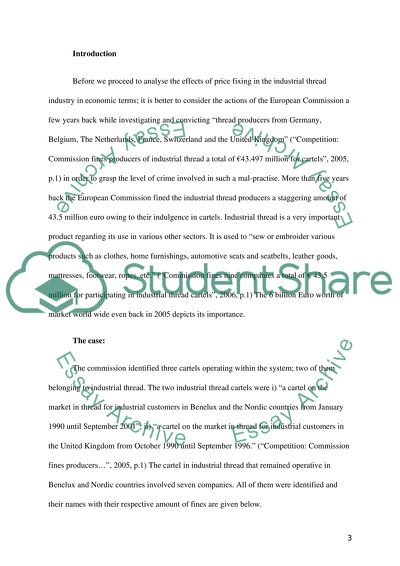Cite this document
(“The Effects of Price Fixing in the Industrial Thread Industry Research Paper”, n.d.)
Retrieved from https://studentshare.org/macro-microeconomics/1574166-microeconomic-analysis-of-industrial-thread
Retrieved from https://studentshare.org/macro-microeconomics/1574166-microeconomic-analysis-of-industrial-thread
(The Effects of Price Fixing in the Industrial Thread Industry Research Paper)
https://studentshare.org/macro-microeconomics/1574166-microeconomic-analysis-of-industrial-thread.
https://studentshare.org/macro-microeconomics/1574166-microeconomic-analysis-of-industrial-thread.
“The Effects of Price Fixing in the Industrial Thread Industry Research Paper”, n.d. https://studentshare.org/macro-microeconomics/1574166-microeconomic-analysis-of-industrial-thread.


